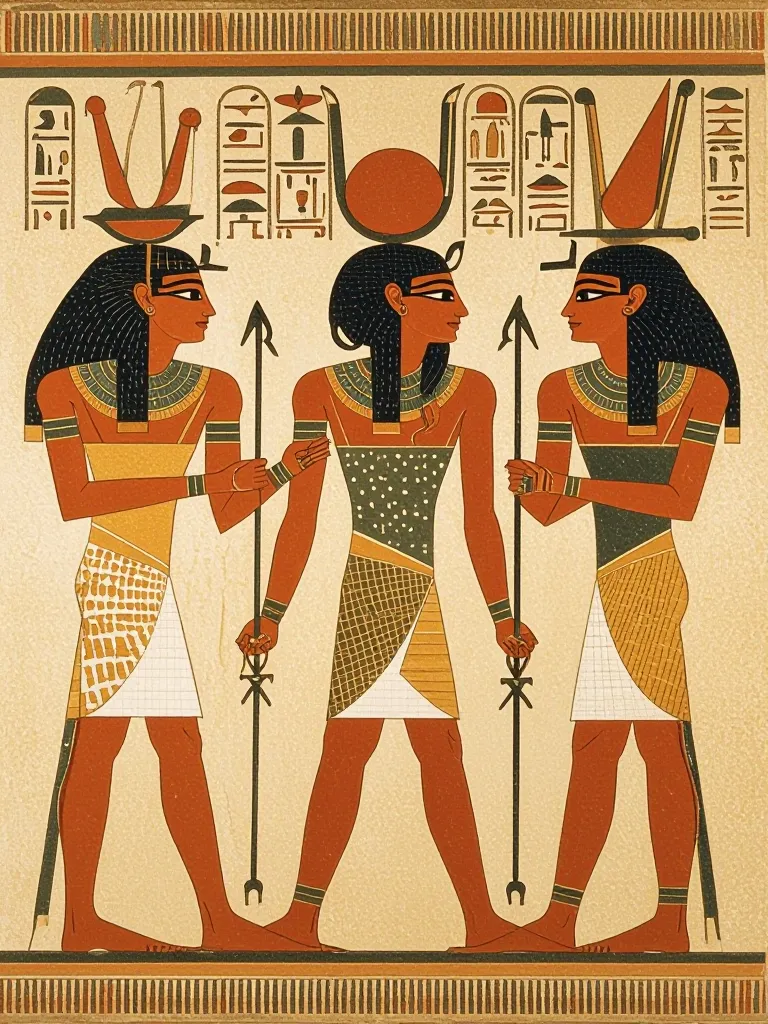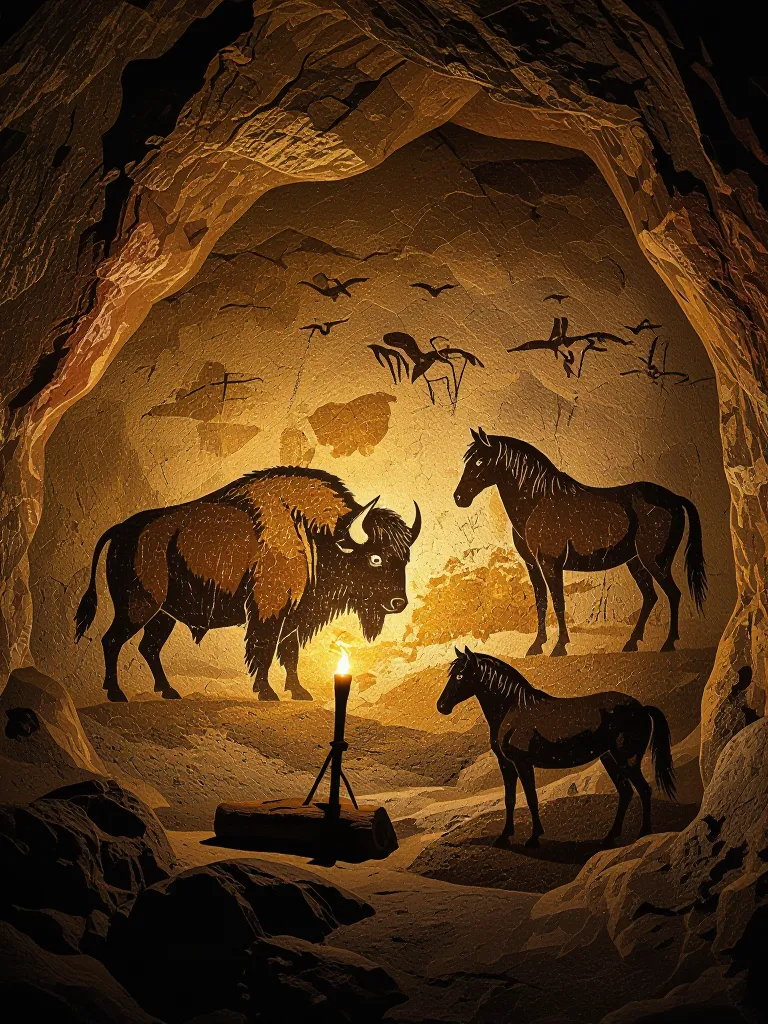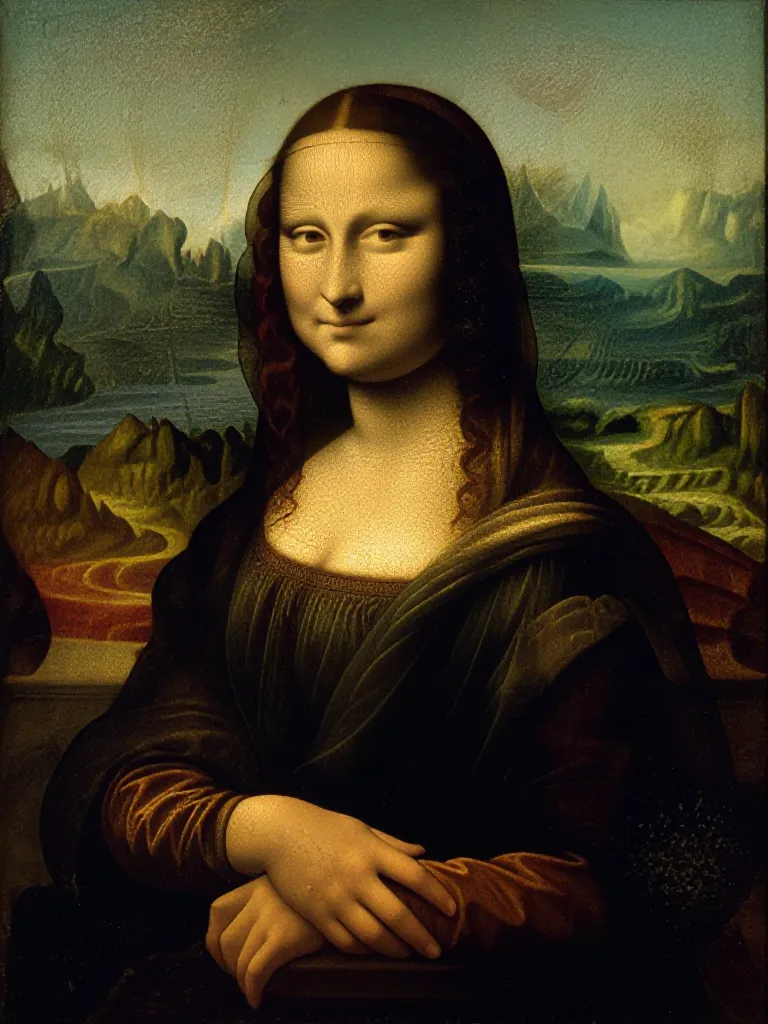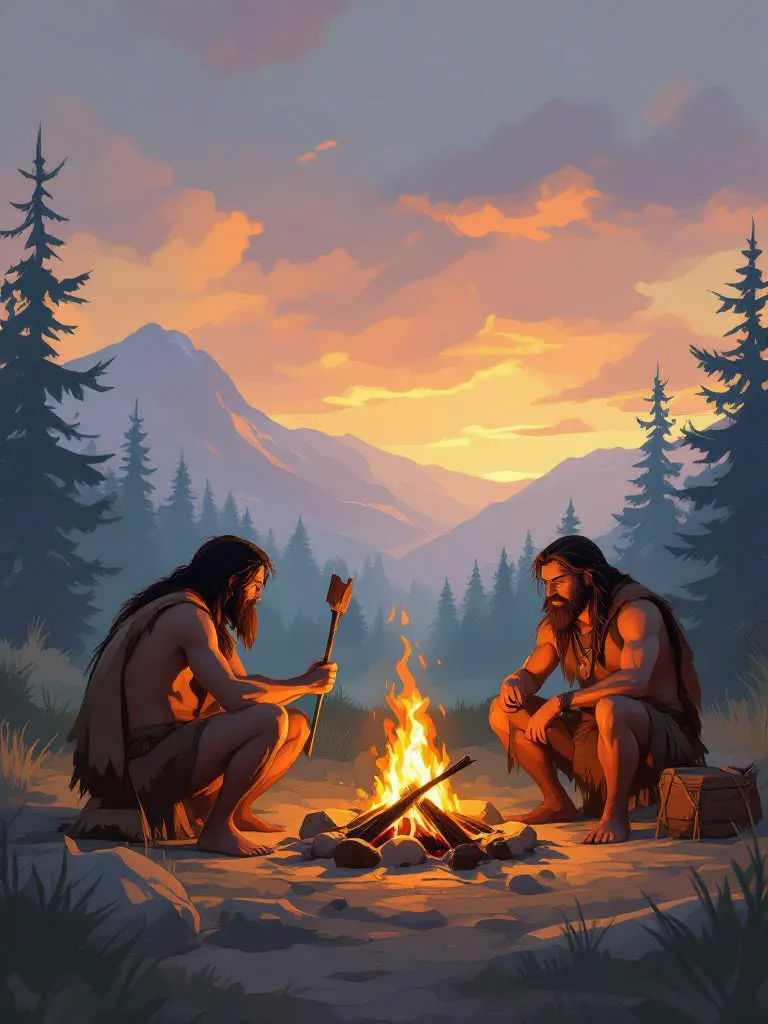

Written by Mo Kahn on
November 17, 2025
TL;DR: No single person invented art. It evolved as humans learned to express their thoughts, beliefs, and emotions visually—from cave paintings to AI-generated art. What began on stone walls continues today through tools like starryai.
The story of art begins deep in the prehistoric era, long before written language or recorded history. From the moment early humans first pressed pigment onto cave walls or etched lines into stone, art became a vital part of human expression. These ancient cave paintings and rock engravings are more than just remnants of the past—they are windows into the minds and cultures of our earliest ancestors. Through these early art forms, we see the beginnings of visual art as a universal language, used to communicate ideas, beliefs, and experiences that words could not yet capture. As centuries passed, these creative impulses evolved, giving rise to new art forms and techniques that would shape the course of art history. Each generation built upon the last, weaving a rich tapestry of creativity that continues to inspire us today.
When we talk about the first art, we’re stepping back over 40,000 years to the Stone Age, when modern humans began leaving traces of imagination on rocky walls deep inside caves. Making art required advanced cognitive and symbolic abilities, and these early modern humans were engaging in making art as a marker of behavioral modernity.
The oldest known cave paintings, found across Western Europe and Central Europe, depict animals, symbols, and handprints made from charcoal and natural pigments. Many of these first paintings feature animal figures such as bison and horses, created on the cave wall—a surface that held symbolic and ritual significance for these early artists. Charcoal leaving marks on the cave wall was a key technique used to create these works. The oldest paintings and the oldest paintings discovered, some dating back over 42,000 years, highlight the historical significance and age of these early artworks, challenging previous assumptions about the origins of artistic expression. These early creators weren’t professionals. They were cave dwellers—hunters, gatherers, storytellers—using their limited tools to record what mattered to them.
Their cave art reflected not just everyday life, but also a deeper symbolic meaning—an early glimpse into how humans made sense of the world.

The first painters were also communicators. Their images of bison, horses, and the human body spoke of movement, ritual, and wonder.
Sites like Lascaux and Chauvet in France are key sites for understanding the development of naturalistic art and abstract representations in prehistoric times. These detailed rock paintings show an astonishing sense of proportion and motion. Similar paleolithic art has been found in Spain, Indonesia, and beyond—proving that human creativity was never confined to one region. These sites reveal many aspects of early human creativity, from naturalistic art that demonstrates sophisticated observational skills to abstract representations with symbolic or ritual significance.
This was figurative art before the word “art” even existed.
As humans evolved, so did their mediums. These carvings represent early sculpture, marking a significant step in human artistic development and cognitive deconstruction of surfaces. They began carving limestone sculptures—with Venus figurines being a notable example of limestone sculpture—shaping mammoth ivory, and forming small Venus figurines. These representations of the female body are believed to symbolize fertility or successful pregnancy.
Despite regional differences, many Venus figurines likely served the same function, such as being used in fertility rituals, providing reassurance during childbirth, or representing reproductive health. Some of these figurines may have been used to support or reassure young women during their first labor.
These pieces weren’t just decorative. They were personal, emotional, and spiritual—a portable form of prehistoric art that carried meaning through human migration and evolution.
By the later Stone Age, creativity expanded beyond caves. Humans experimented with wood carving, rock engravings, and materials that didn’t survive to the present day. Many early artworks were created using perishable materials such as wood and clay, which have not survived, making it difficult to fully understand the origins of art.
Body decoration and ornamentation, such as painting the skin or making beads, may represent the earliest form of artistic expression, serving symbolic or ritualistic functions.
Art was no longer just survival—it became identity. It evolved into a cultural context, shaping traditions, rituals, and beliefs. A broader definition of art would include not only aesthetic objects but also functional and ritualistic artifacts, reflecting its multifaceted role in human history.
Every stroke, carving, and symbol pointed to the same truth: humans needed to create art. It was how they understood life itself.
As societies formed, art took on new faces:
Across many cultures, art evolved—but the drive stayed constant. The desire to express, to record, to connect.

In the world of ancient Greece, art flourished as both a reflection of society and a pursuit of perfection. Greek artists like Phidias and Praxiteles set new standards in sculpture and architecture, pioneering techniques that emphasized naturalistic representation, balance, and harmony. Their works, from the graceful Venus de Milo to the dynamic Discobolus, captured the beauty and complexity of the human form in ways never seen before. These masterpieces not only defined the aesthetics of their time but also laid the groundwork for countless art movements that followed. The Greek ideal of striving for the “perfect” form became a guiding principle for artists throughout history, influencing everything from Renaissance painting to modern sculpture. Ancient Greece’s legacy in art is a testament to the enduring power of creativity and the relentless human quest for beauty and meaning.
Art is wired into the human brain. It’s tied to curiosity, problem-solving, and emotion. The origin of art lies in the human mind, where creativity and ideas are born before being made visible. The creative process bridges thought and form, making the invisible visible.
From rock engravings to digital design, every art form is built on that same human impulse: to imagine something that doesn’t exist yet—and make it real. Art works throughout history have reflected the diverse intentions and capabilities of their creators, showcasing many aspects of human cognition and culture.
Fast forward to today. The world of visual arts looks nothing like the cave walls of our ancestors, but the motivation behind it hasn’t changed.
Over time, artists have incorporated other art forms such as photography, collage, and printmaking to further expand the boundaries of visual arts.
We’ve entered an era of generative AI art, where algorithms assist the imagination. It’s still storytelling—it just happens on screens instead of stone.
starryai continues this 40,000-year story of human imagination. Instead of pigments on cave walls, it uses AI models to transform words into visuals. You describe an idea—like “prehistoric art reimagined in neon”—and starryai brings it to life.
Here’s how you can create your own AI art:
starryai makes the creative process as simple as thinking out loud.
It’s not about replacing creativity, it’s about expanding it. The same instinct that pushed early humans to paint bison on stone now drives people to craft digital masterpieces. starryai is simply the next evolution in our timeless need to imagine—and make it real.
When we look back across the millennia, it’s clear that art has always been at the heart of human culture. From the first cave paintings that captured the imagination of prehistoric communities to the bold innovations of modern art movements, the creative process has shaped how we see ourselves and our world. Art forms have evolved alongside human society, reflecting our hopes, fears, and dreams in every era. Whether through prehistoric art carved into stone or contemporary works displayed in galleries today, the drive to create and share art is a constant thread in our shared history. By exploring the vast landscape of art—from ancient rock engravings to the digital masterpieces of the present day—we gain a deeper appreciation for the boundless scope of human creativity. Each brushstroke, sculpture, and innovation adds to the ongoing story of art, reminding us that the urge to create is as old as humanity itself.

From soot to silicon, from cave paintings to AI art, our creative journey has never paused.
The tools have changed. The instinct hasn’t.
Art has always been about taking what’s inside our minds and giving it form—and starryai proves that the creative spirit is still alive, just more powerful than ever.